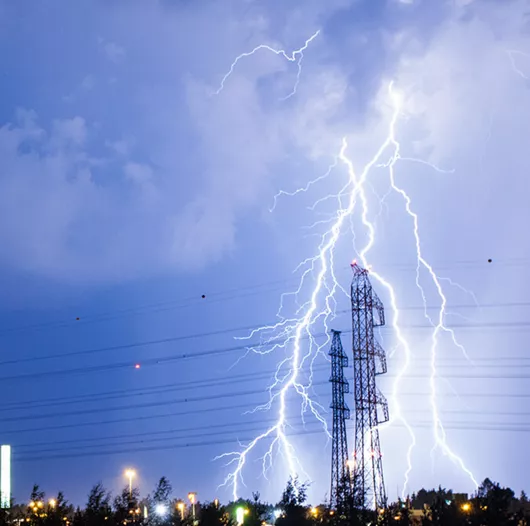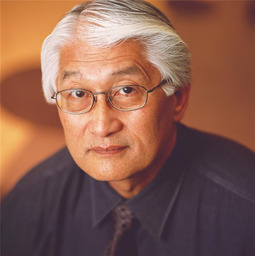A Digital Solution to Preventing Wildfires


This summer seems to be the worst wildfire season on record, with fires raging across Canada, the Southern Mediterranean and North Africa.
Of course, the devastation from the fires goes far beyond the actual burning destruction. They spew carbon dioxide and nitrous oxide into the atmosphere adding to global warming, and the smoke they generate can blanket large areas outside the blaze area with fine particles that can raise the risk of lung damage and contribute to cardiovascular problems. The smoke from recent wildfires in Canada turned the skies over Manhattan an apocalyptic orange and created the worst air quality in the world.
In California, we have had a very wet winter, which seems to have delayed our fire season. However, that wet winter has increased the growth of vegetation, which has resulted in increased fuel for wildfires in the fall, when the vegetation begins to die, and the strong winds begin to pick up. Currently, we have a fire in the Mojave Desert which is spilling into Nevada. California expects to see more wildfires in September and October.
While most wildfires are caused by humans, the worst wildfires are caused by sparks from electrical transmission lines in remote areas. As we turn to more electrical systems to avoid the use of fossil fuel energy and reduce our carbon footprint, we are putting more load on our electrical transmission systems which are networked across the length and breadth of our country – and are aging.
Wherever there is an electrical network with high voltage wires and transformers to regulate the flow of electricity, there is a risk of sparking. And when they do, it’s often in remote areas and not detected until the sparks become a blaze. Therein lies one of the more insidious aspects of the increasingly higher temperatures: in addition to creating extreme living conditions, the higher temps lead to much greater demand for electricity for air conditioning. On top of that, the increased heat can build up and cause transformers and circuit breakers to fail.
High winds can also cause power lines to come in contact with vegetation and igniting fires. But managing the clearance of vegetation is challenging due to the large distances, the remoteness of power lines, and the rapid growth of the vegetation. According to the U.S. National Interagency Fire Center, from 1992 to 2020 federal, state, and local fire services dealt with 32,652 powerline-ignited wildfires across the country.
Hitachi Energy’s Spark Prevention Unit (SPU) is designed to address the situation. Built for surge arresters which divert excess voltage from lightening and electrical surges to the ground, the SPU monitors the current and the thermal load of the surge arrester.
“In case of a thermal overload, it interrupts the current flow and disconnects the surge arrester thus preventing any arcing, sparking or ejection of hot particles that may have the potential to start a wildfire,” according to Hitachi Energy.
The SPU can be monitored remotely through a wireless connection and provides a visual indicator for maintenance workers who are sent to maintain the system. The Wireless SPU indicator can transmit information about the status of the SPU, its geographical location, the time of the tripping event as well as the status of its batteries to customers over long-range wireless communication network, to facilitate better planning of maintenance and replacement of devices.
Medium-voltage surge arresters equipped with SPU from Hitachi Energy are approved for vegetation clearance exemption according to CalFire (California Regulation). They are also considered spark-free according to class A of Australian Standard AS 1307.2. Hundreds of thousands of SPUs are installed in some of the world’s most wildfire-prone areas such as the United States and Australia and have had a real impact in preventing wildfires.
These are the kinds of innovations and innovative thinking that’s needed now, and over the coming years as climate change continues to unfold before our very eyes. Through data and digital, we’ll work to bring practical solutions to complex problems.

Hu Yoshida spent 24 years at Hitachi Vantara helping define technical direction and enabling customers to address their digital transformation needs. He is widely known in the industry and was instrumental in evangelizing Hitachi's unique approach to storage virtualization.